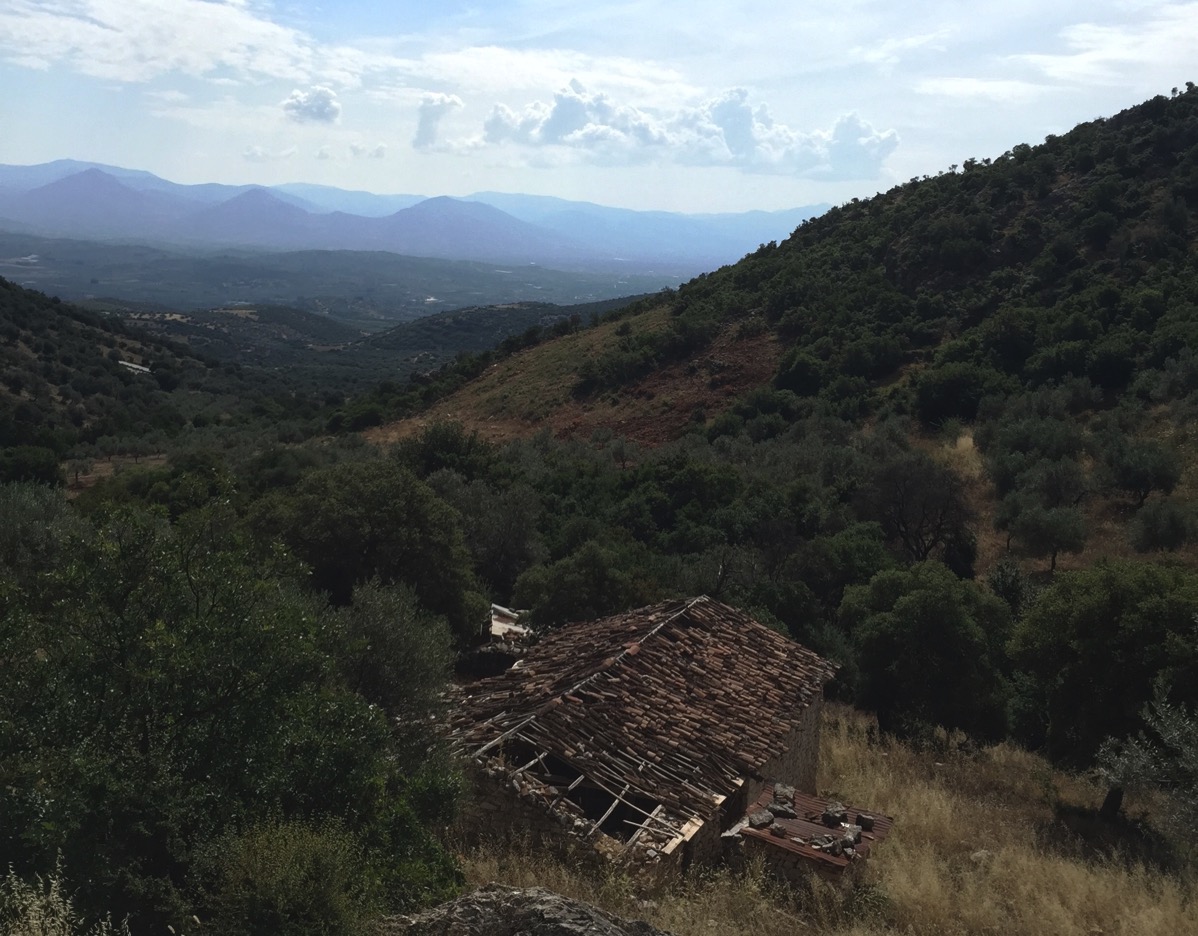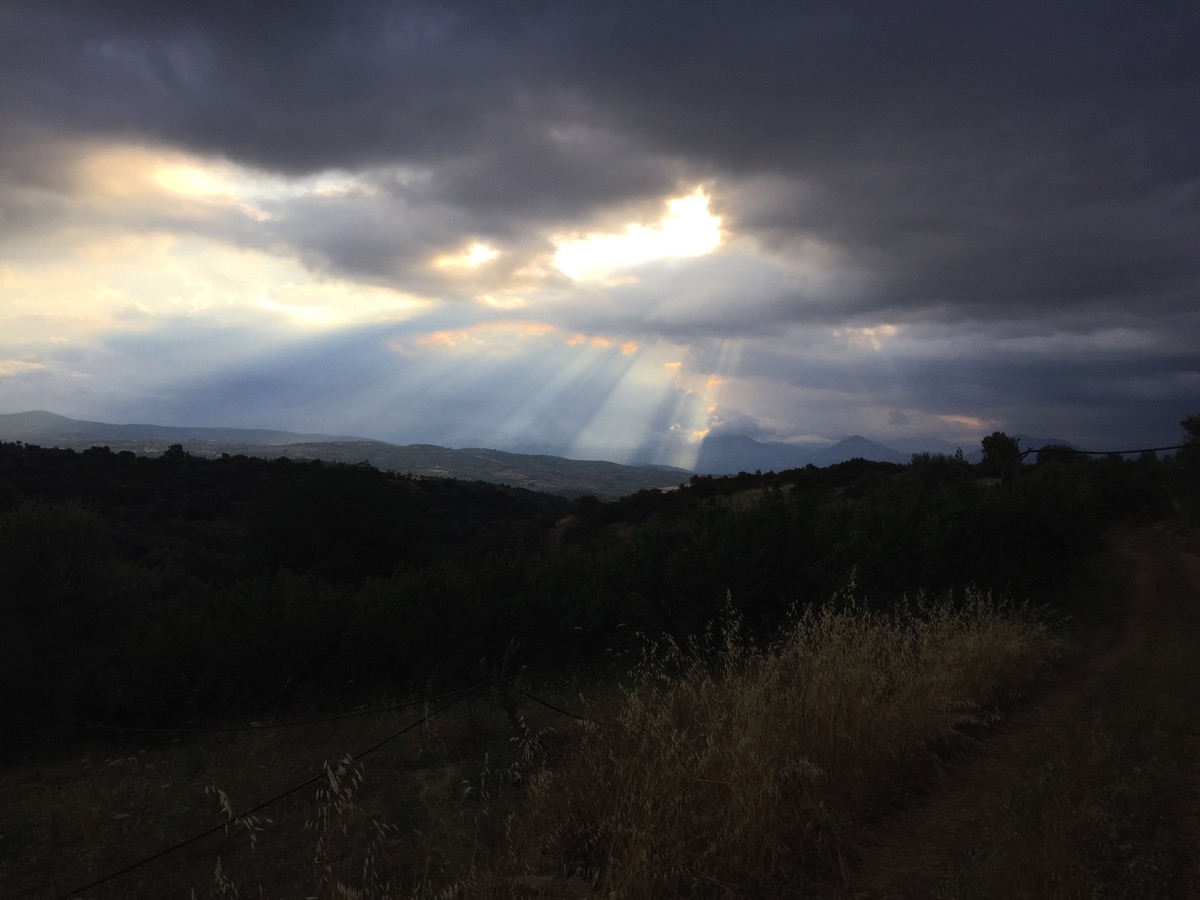Over the last few months, I worked my way through Matthew Crawford’s Shop Class as Soulcraft (2009). The book argues for the value of “real,” hard work which he distinguishes from the professions that dominate the white-collar, college-educated, information-based, and academic worlds. Crawford himself straddles the line between academia, where he’s been a fellow at various prestigious universities, and work at his Richmond, Virginia area motorcycle repair shop. On the whole, Crawford finds the latter work not only more challenging, but also more morally rewarding in that the relentless reality of vintage motorcycles refuse to be re-imagined, to succumb to elusive academic arguments, or problematized in more nuanced ways. If he wanted to make a living, he had to fix real, mechanical problems for his customers. The book is well-known and has been reviewed by more thoughtful critics than me.

It was fun to think about this book while I worked away on the landscape of the Western Argolid with the Western Argolid Regional Project. My job on the project was relatively unspecific, but I spent most of my field days walking our survey with one of our talented graduate students team leaders and dividing it into units to be walked by one of our 5 or 6 field teams. On an average day, we walked 5-7 miles through olive, orange, and apricot groves, up and down terrace walls, and through dense patches of maquis. As I’ve noted on this blog before, it was hard work, but at the end of the season, I felt like I had a much more thorough understanding of the landscape than was possible from viewing the splendid World View 3 satellite images on my laptop.
This got me thinking about how important having the right tools for my job is. The right tools were not important in the abstract way that having the right software for my laptop made a job easier, but in a genuinely physical way. For example, having the right pants for hiking around the Greek countryside prevented my legs from being cut to shreds by the thorny vegetation of the Mediterranean. Over the past four or five years, I’ve discovered the value of long-sleeve work shirts to protect my arms from sun, thorns, and insects. Boots are another matter entirely. This summer, I wore a pair of decent (and rather expensive) boots that barely stood up to my day-to-day. They were rugged enough to not disintegrate, but they did not provide enough cushioned to protect my feet from the daily pounding.

The right pants, shirts, and (probably the wrong) boots did remind me that there were physical realities to archaeological work that directly related to the kind of data that we collected from the field. I realize that other academic scholars confront these kinds of realities daily – whether they relate to the access hours of an archive or the maintenance of a fussy instrument in lab. At the same time, I wonder whether the relationship between our research and our bodies in archaeology (and this is true of all of the field disciplines) anchors our thinking in the same landscape (and perhaps even a shared physical reality) as the people whom we study.